Waxing
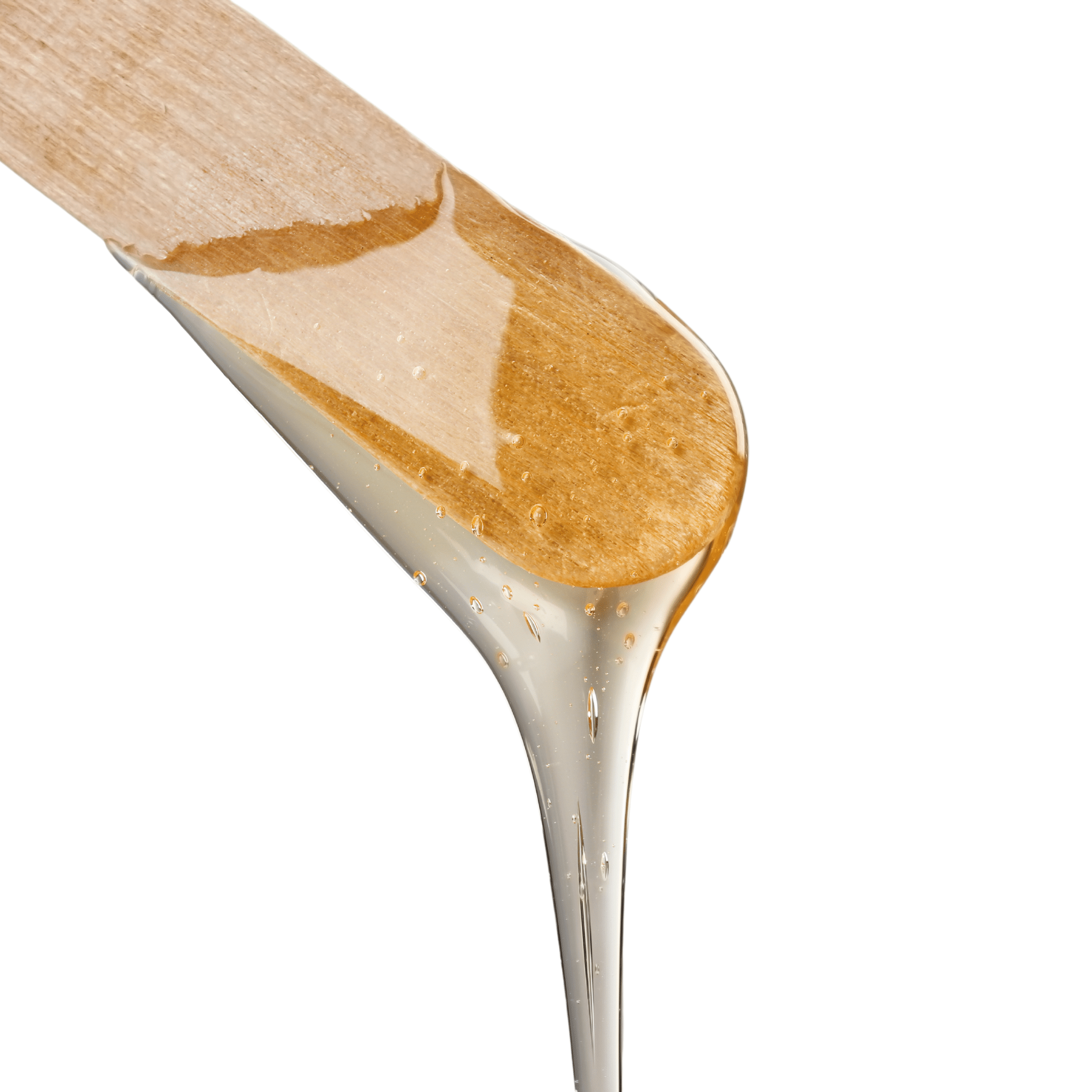
Current price
Price varies depending on the area treated, please look at the below for pricing.
Remove hair instantaneously
In the world of hair removal, waxing and shaving are entirely different.
Wax swiftly pulls hair from the root through repetitive tugs. Shaving is more of a trim, only removing hair from the surface of the skin and leaving the root intact.
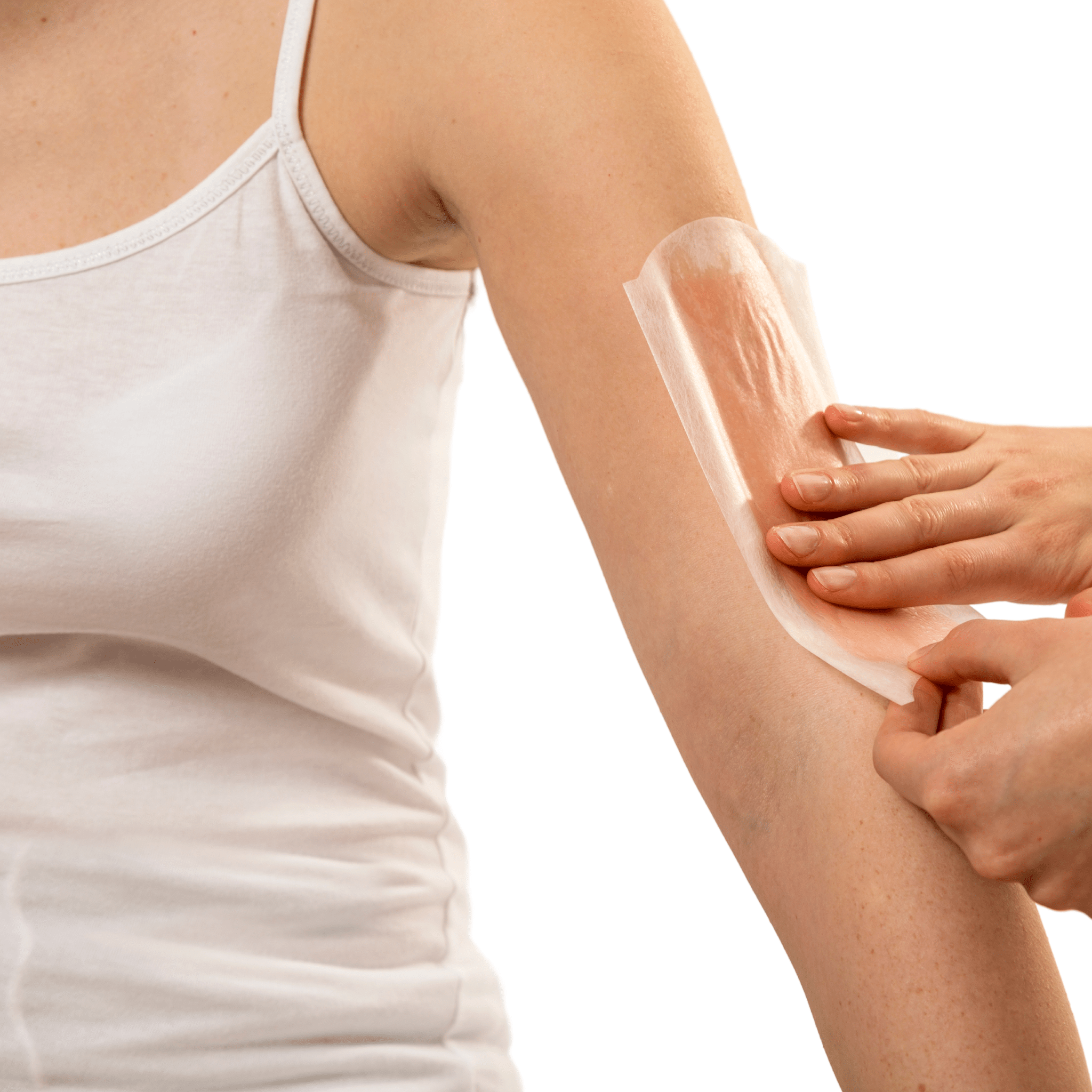
waxing in depth
Waxing is a comprehensive hair removal technique that employs different types of wax: soft and hard wax. Soft wax, a blend of rosin, oils, and other additives, necessitates strips for removal. It’s applied in the direction of hair growth, and a strip is placed on top to remove the hair against its growth direction. Hard wax, composed of beeswax, resin, and oils, solidifies independently and can remove hair without strips.
Benefits of Waxing
One of the advantages of waxing, beyond removing unwanted body hair, is its exfoliating effect. The wax adheres to the top layer of skin, removing dead skin cells and unveiling a softer layer beneath. However, waxing isn’t suitable for everyone. Individuals on certain medications, such as antibiotics, hormone replacement therapy, hormonal birth control, Accutane, or using Retin-A or other retinol-based creams, may have skin too sensitive for waxing. In these instances, alternatives like shaving, depilatory creams, or sugar wax might be more appropriate.
The pain experienced during waxing varies based on individual pain tolerance. Since the hair is removed from the root, some people may find it more painful than other hair removal methods. However, the pain is often brief and manageable.
Types of Wax
Waxing is a popular method for removing body hair, providing long-lasting results as it removes hair from the root. This method is typically performed by a professional in a salon or clinic and is safe for use on most areas of the human body. However, it’s important to consider your skin type and any potential side effects before proceeding with waxing.
For instance, those with dry skin or sensitive skin may experience irritation or ingrown hairs. Additionally, some people may notice hair loss over time with repeated waxing. It’s also worth noting that there are different types of waxing methods available, such as sugar wax, which may be more suitable for certain skin types.
Regardless of the method chosen, proper skin care post-waxing is crucial to prevent any adverse effects. This can include mechanical exfoliation or chemical exfoliation in circular motions to keep the skin smooth and prevent ingrown hairs.
Conclusion: Waxing as a Permanent Hair Removal Option
Overall, waxing is an effective way to remove unwanted hair from various parts of the human body. Whether it’s waxing your upper lip or other areas, it’s important to understand how wax works and to consult with a professional to determine the best approach for your individual needs and skin type. If you’re considering permanent hair removal, waxing could be a viable option to explore.
Price table for waxing
FAQ
As the hair is pulled from the roots, this reduces hair growth. It varies from person to person, but even though your hair will grow back less, it may not necessarily be thinner. You’ll just have less of it.
Firstly, it depends on where you’re getting a wax done. If you’re getting an intimate wax done, then you will undoubtedly experience some pain, but even with this, some parts are less sensitive than others. Plus, the first time is the worst, so if you get it done every 3-6 weeks when the hair is waxable again, the pain lessens. You can read our blog post on tips to reduce the pain that you may experience from waxing. All in all, some areas of the body are more sensitive than others, and most importantly pain is subjective
Hot wax is for dealing with sensitive skin and thicker hair and will most likely be used for an intimate wax, whilst strip wax is for less sensitive skin and thinner hair and will most likely be used for areas such as the legs and arms. At Reimagine clinic we use both types of wax.
The simple, yet most effective way of calming down red skin is by moisturizing. Waxing removes the top layer of the epidermis revealing new, softer ones but simultaneously it strips away the skin’s natural oil and moisture. To restore the moisture and rejuvenate the skin, it is worth checking out some of these products that we recommend to complement your waxing experience.
It depends on how fast your hair is growing but on average we would recommend getting waxed every 4 weeks. This is usually the right amount of time to have the hair at the right length, and will also allow the skin to be less sensitive to treatments. For our female clients: we recommend avoiding treatment around that time of the month: your skin will be more sensitive 5 days before and after.
The ideal length for waxing is about 1/4 inch to 1/2 an inch (0.5 cm to 1.5 cm). If your hair is not long enough, our esthetician will let you know. If you decide to go ahead with the treatment, that’s not a problem at all. It is simply likely that we are not going to be able to get all the hair, as they’ll be too short to stick to the wax.
Beware of the sun, as we advise that during the 24-hour window after a wax done to not go out into the sun. This is because the skin is more exposed and less protected. As for sunbeds, it’s usually advised that these are avoided for at least one week before and after your waxing appointment. The skin tends to contain heat from the UV light which can cause the skin to peel or lift. In turn, this can irritate the skin during or after the wax.
Meeting us actually covers 80% of this! It’s understandable that there will be a little embarrassment, especially for a first-timer as you may feel slightly uncomfortable being so exposed. Rest assured, our therapists have seen it all and, like a doctor or nurse, it’s their job. As part of the treatment, you are offered a pair of disposable panties which you can choose to wear or not. Just know that it’s of the norm and our esthetician won’t even bat an eyelid.
Resist the urge to pick up the razor! We strongly advise not shaving after having a wax done. Shaving promotes ingrown hairs and skin abrasions hence it counteracts all of the wonders that the wax does for your skin. Plus, shaving makes your skin more sensitive, which will only make your next wax more painful.
Actual Results
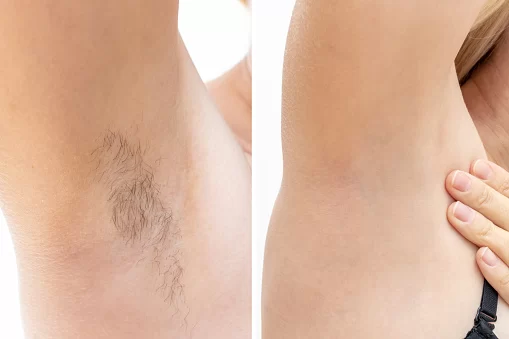
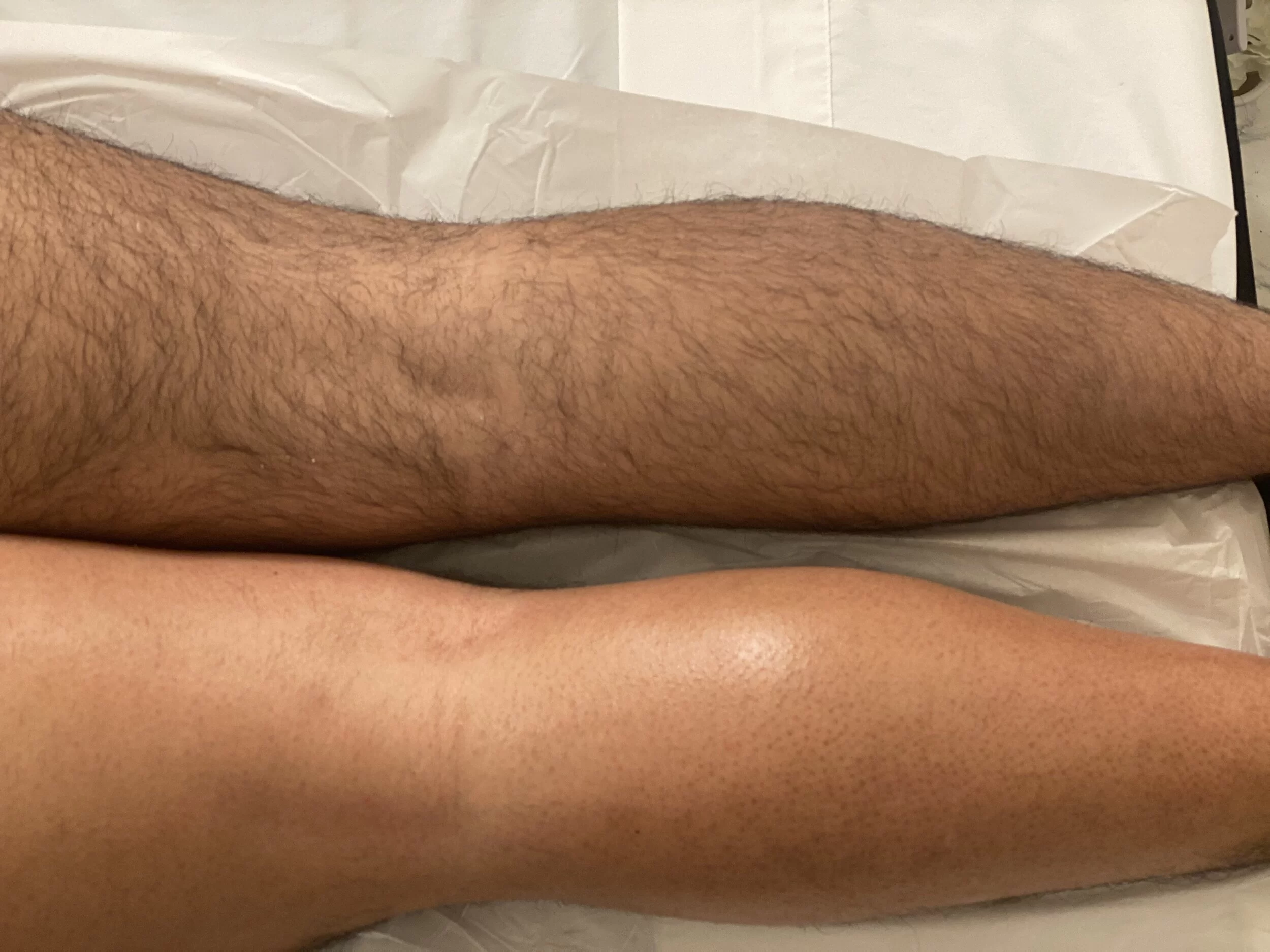
Warning: These photos are published for reference only to provide information on the nature of the treatment. They do not constitute a guarantee of results.
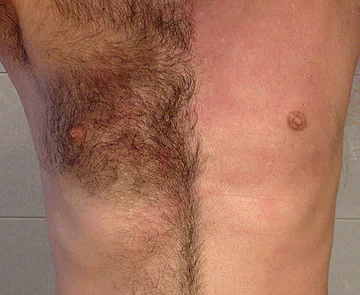
contact us for information
Contact Info
Address
9359 Rue Lajeunesse Montréal, QC H2M 1S5
Email Us
info@reimagineclinic.ca
Call Us
438-686-8460